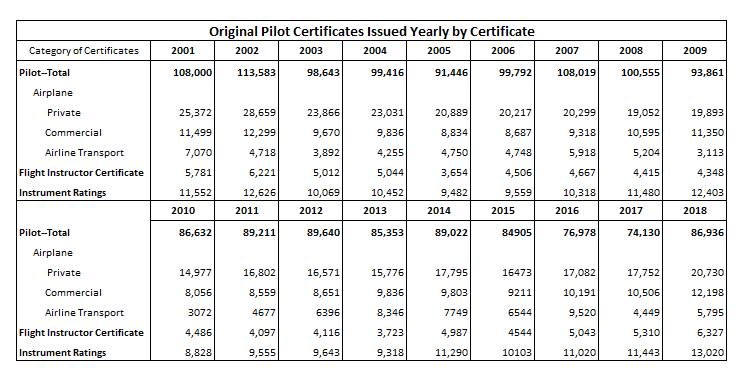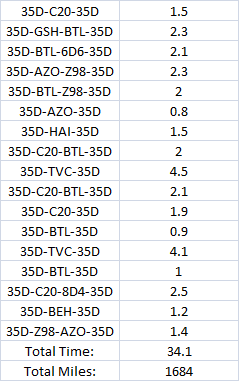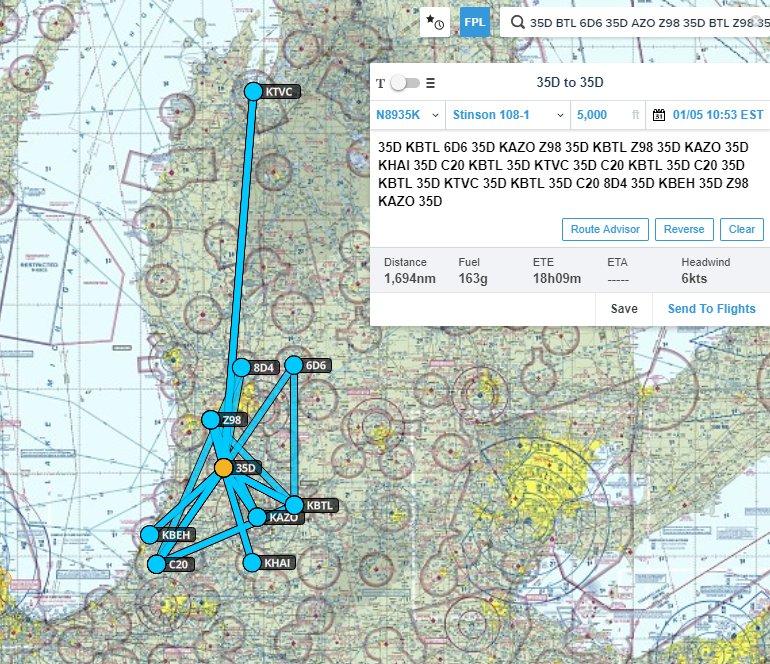The CFI practical test is definitely known as one of the hardest, longest, most grueling practical tests pilots take. As I have been giving them over the last couple of years, there are a few things that are standing out in the area of CFI knowledge relating to what I generally call “administrata” related to the CFI’s ability to properly train and qualify their students.
These are critical knowledge areas that directly relate to the practical ability of the CFI to demonstrate their knowledge level of how they will actually do their jobs when they are certificated. In some cases, it may seem like these knowledge points are “way down in the weeds” or just part of the “nitty gritty minutiae” that seems trivial, but these items directly relate to whether the CFI will properly train and qualify their future customers (students) for certificates and ratings.
As a DPE, I find the ability of a CFI to answer these questions correctly directly relates to whether or not the students that the CFI will eventually train for things like their Private or Commercial certificates are actually qualified and have received training that is compliant. On more than one occasion, CFIs not knowing some of these administrative intricacies has resulted in their students being provided training that is ineligible for use toward a rating or certificate, representing significant wasted training time and cost, and in some cases, these oversights have resulted in the termination of the CFIs certificate privileges. There really is a reason we ask these questions.
With that said, here are a few common knowledge area deficiencies that might help a future CFI candidate have a better chance at passing that initial CFI practical test. If you are reading this and are already certificated, this might serve as a good refresher to remind you of a few quirks that can ensure you are providing proper training.
Cross-country experience toward a rating or certificate must include a landing greater than 50 nautical miles from the point of departure, not just a leg over 50 miles in length.
One thing an instructor needs to be able to do is properly apply cross-country flight requirements toward ratings or certificates. We commonly give an example of a cross-country and ask the CFI applicant if that will “count” or not. An example of one I might use is below. I would follow that example by asking, “So, does this cross-country flight meet the requirements for a solo-x-c to count toward the aeronautical experience for a private pilot?” Continue reading



